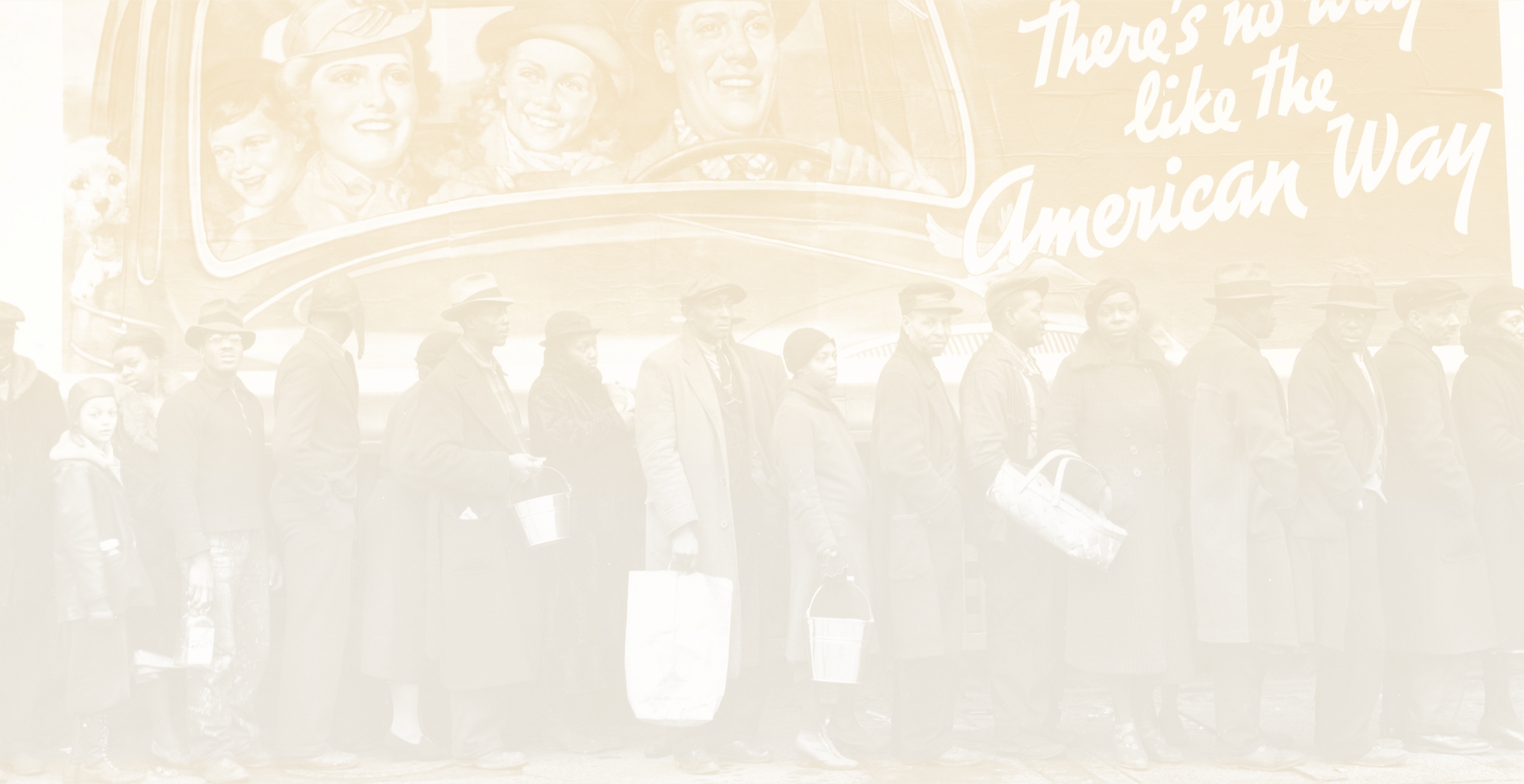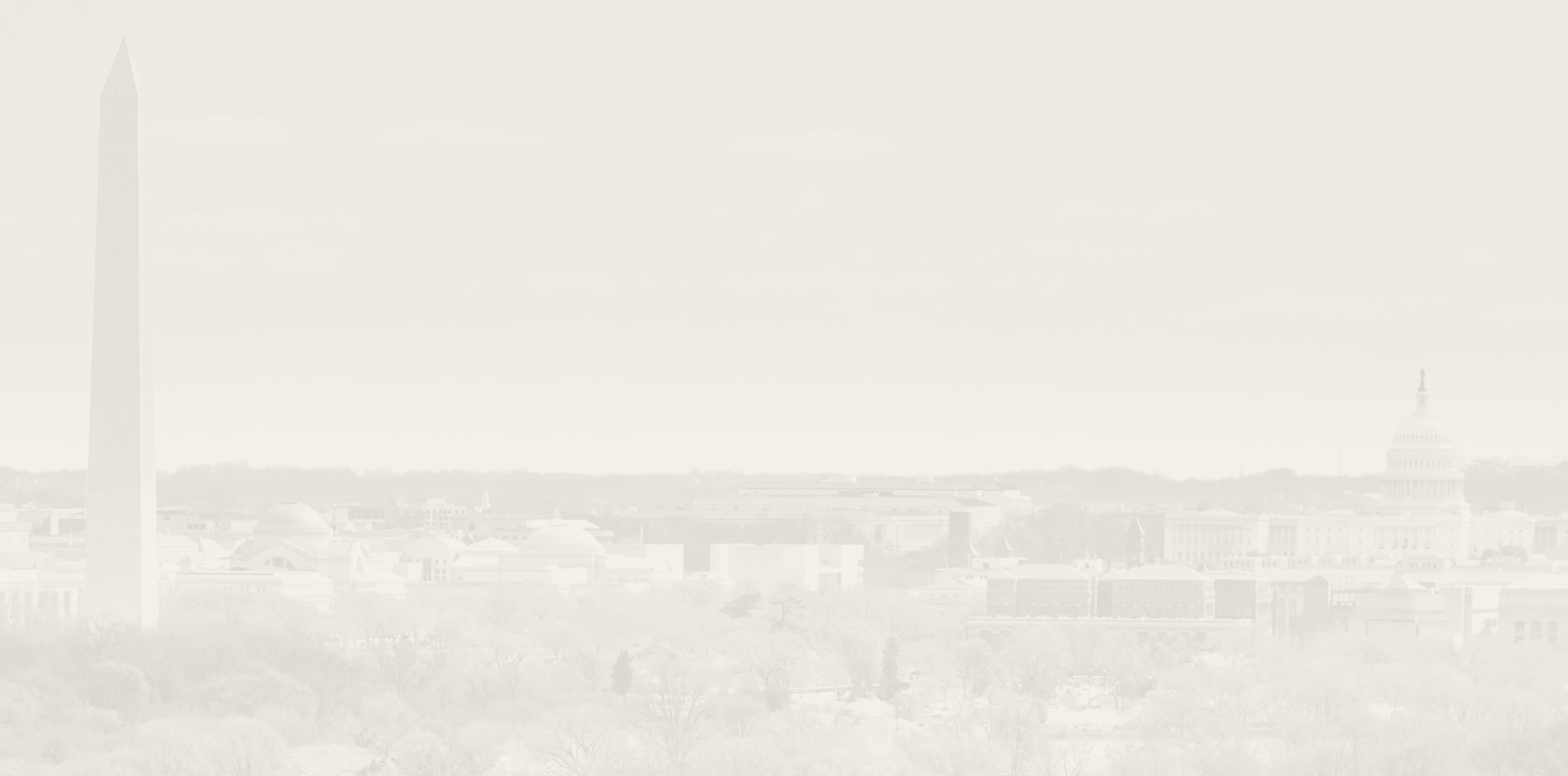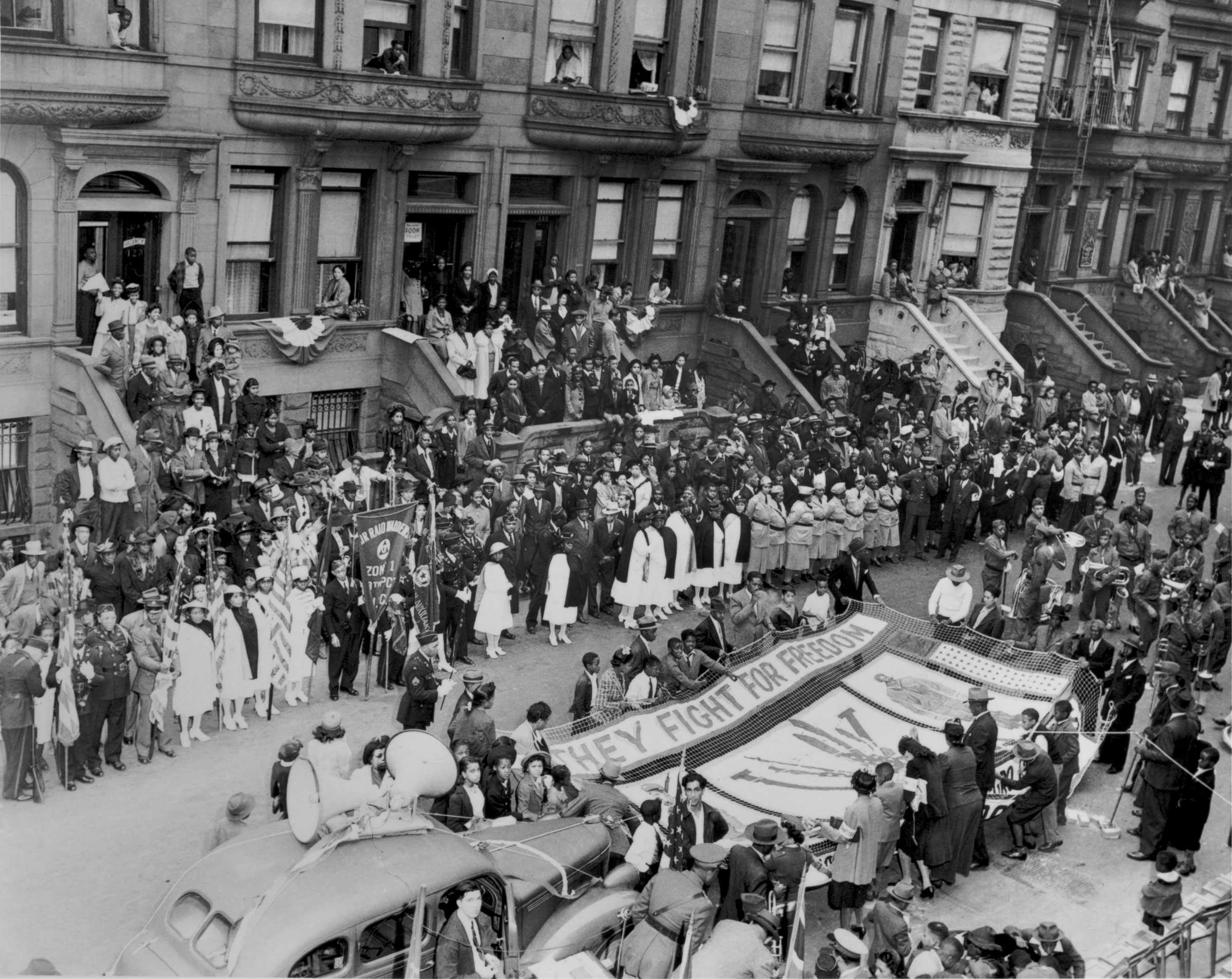
Chapter 7
The Great Depression and World War II
As the United States stood on the verge of World War II, African Americans continued to suffer discrimination. Relegated to low-paying jobs and segregated conditions, they remained targets of intimidation and violence. Black sharecroppers lost their livelihoods to larger agricultural operations and modern farm machinery. Though progress was made through President Franklin Roosevelt’s New Deal, many African Americans still wanted change.
The Double V Campaign
Double V Campaign Handkerchief
In 1941 James G. Thompson, a cafeteria worker, wrote to the Pittsburgh Courier denouncing the treatment of African Americans. He argued that African Americans should fight for their country but also fight for equal treatment from their country—what he called victory abroad and victory at home. The Courier embraced his idea and launched the Double Victory Campaign. The newspaper created a Double V sign, published articles, and printed photographs urging the nation to make better treatment for African Americans one of the war’s goals.
Joining the Double V Campaign
Participants in the Double V Campaign
The Pittsburgh Courier and other Black newspapers used a variety of techniques to promote the Double V Campaign. In addition to newspaper and magazine articles, the campaign was invoked in songs, poems, and radio broadcasts, and the Double V emblem appeared on sheet music, posters, signs, and souvenirs. Across the nation, African Americans worked to help the campaign in hopes it would result in better jobs and treatment at home.
Double V Campaign celebration in Harlem.
Patriotism and Equal Rights
Gatherings like this one by Black Harlemites showed their patriotism and determination to have full citizenship rights.

The Plan to March on Washington
March on Washington Movement stamp
Before the United States entered World War II, American industry began a massive expansion to produce military equipment for American armed forces. African Americans lobbied President Franklin Roosevelt for greater access to industrial jobs and desegregated defense industries, but their efforts were ignored. In response, A. Philip Randolph and Bayard Rustin proposed a mass protest march on Washington for July 1, 1941.
The March on Washington Movement
Handbill promoting the March on Washington Movement
Flyer for March on Washington Movement mass meeting featuring speaker A. Philip Randolph
Labor leader A. Philip Randolph and civil rights activist Bayard Rustin organized the March on Washington Committee and formed local chapters across the nation. The Committee distributed pamphlets and flyers to encourage people to attend the march. Randolph traveled throughout the country to rally support. Facing pressure, President Roosevelt signed Executive Order 8802 in June 1941, which banned discrimination in federal employment and war-related industries. With the order signed, Randolph canceled the proposed march.
